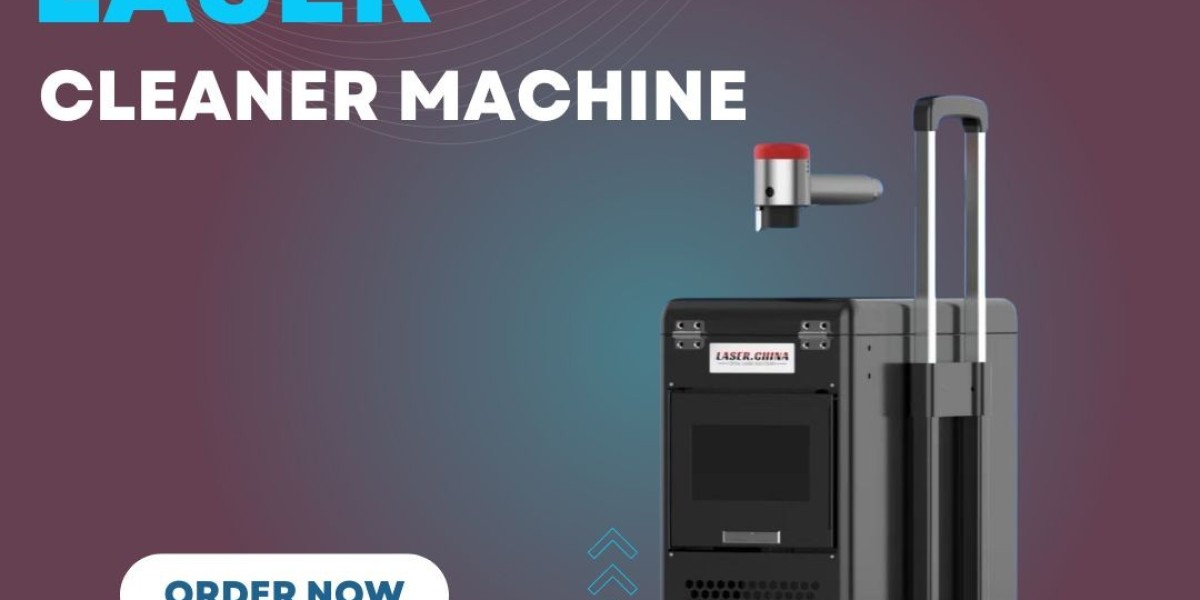Laser beam welding (LBW) machines have emerged as a pivotal technology in modern manufacturing, offering a range of features and benefits that enhance production efficiency and product quality. This advanced welding technique utilizes focused laser beams to melt and fuse materials together, making it a preferred choice across various industries, including automotive, aerospace, electronics, and medical device manufacturing. Here, we explore the key features and benefits of laser beam welding machines.
1. Precision and Control
One of the most significant advantages of laser beam welding is its unparalleled precision. The focused nature of the laser beam allows for extremely fine welding, which is crucial for applications requiring tight tolerances. This precision minimizes the heat-affected zone (HAZ), reducing the risk of warping or distortion in the materials being welded. Additionally, advanced control systems allow operators to adjust parameters such as power, speed, and focus, further enhancing the quality of the welds.
2. Speed and Efficiency
Laser beam welding is known for its high-speed capabilities, allowing manufacturers to significantly reduce cycle times compared to traditional welding methods. The rapid heating and cooling cycles enable quick processing of parts, which is particularly advantageous in high-volume production environments. This efficiency translates to lower operational costs and increased throughput, making it an ideal choice for industries that demand quick turnaround times.
3. Versatility in Material Welding
Laser beam welding machines can effectively weld a wide range of materials, including metals, plastics, and composites. This versatility makes them suitable for various applications, from welding delicate electronic components to robust automotive structures. Moreover, laser technology can handle dissimilar materials and thin-walled sections with ease, which is often a challenge for conventional welding techniques.
4. Minimal Heat Input
The laser welding process involves concentrated energy input, resulting in a smaller heat-affected zone compared to traditional welding methods. This reduced heat input minimizes thermal distortion and stress in the welded components, ensuring that the mechanical properties of the materials are preserved. Consequently, the integrity and performance of the final product are enhanced, which is critical in high-stakes industries such as aerospace and medical device manufacturing.
5. Low Operating Costs
Although the initial investment in laser beam welding equipment may be higher than conventional welding systems, the long-term operating costs are often lower. Laser machines have fewer moving parts and require less maintenance, resulting in reduced downtime. Additionally, the efficiency of the process reduces energy consumption and the need for filler materials, further contributing to cost savings.
6. Environmental Benefits
Laser beam welding is an environmentally friendly option, producing minimal waste and emissions. The precision of the process means less material is wasted, and the reduced fume generation leads to a cleaner working environment. Moreover, the energy efficiency of laser welding aligns with global sustainability initiatives, making it an attractive choice for environmentally conscious manufacturers.
7. Automation Compatibility
Many laser beam welding systems are designed for easy integration into automated production lines. This compatibility enhances production efficiency through robotics and automated handling systems, allowing for consistent and repeatable welding processes. The ability to program the welding parameters digitally also increases quality control and reduces the likelihood of human error.
8. Safety Improvements
Laser beam welding processes contribute to a safer workplace by minimizing hazards associated with traditional welding methods. The reduced heat input and fume generation lead to a safer environment for operators. Additionally, many laser welding machines come equipped with safety features, such as protective enclosures and automated shutdown systems, to enhance operator safety.
Conclusion
In summary, laser beam welding machines represent a significant advancement in manufacturing technology, offering numerous features and benefits that enhance precision, efficiency, and versatility. Their ability to handle a wide range of materials with minimal heat input makes them ideal for high-quality applications across various industries. As manufacturing continues to evolve, the adoption of laser beam welding technology is expected to grow, driving innovation and improving product quality in the process.







